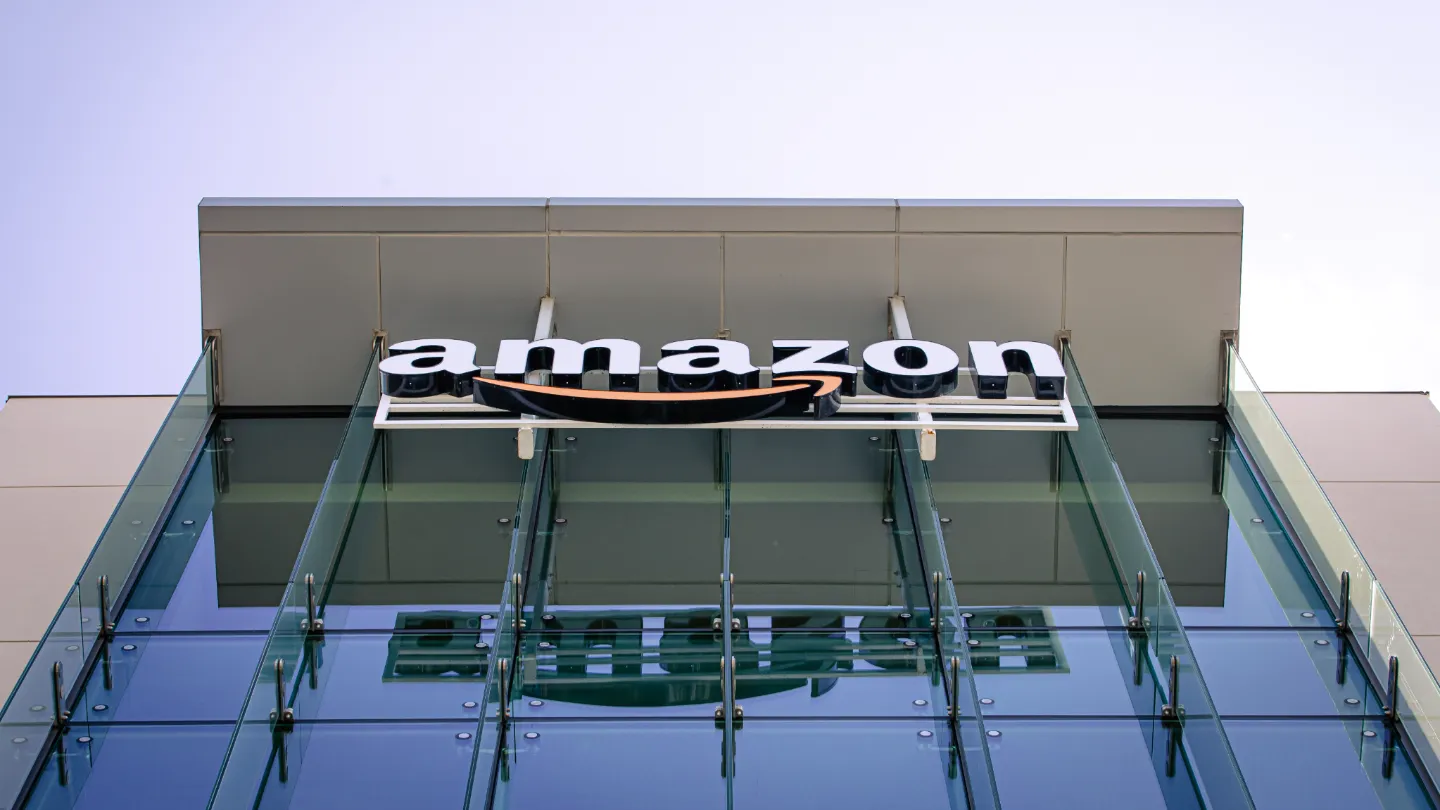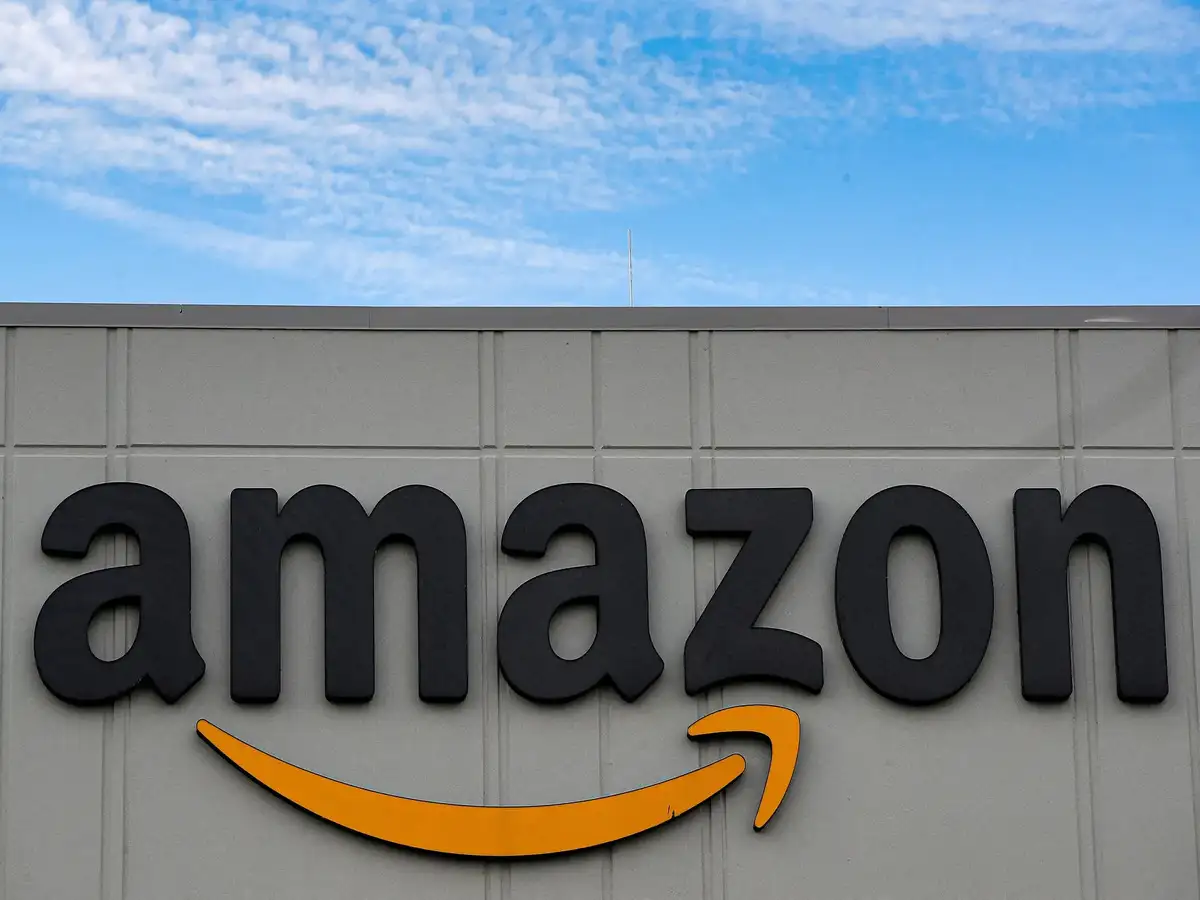Amazon delivered impressive first-quarter 2025 results that exceeded Wall Street expectations, yet the e-commerce giant’s cautious forward guidance sent through the investment community. The Seattle-based company reported revenue of $155.7 billion, surpassing analyst estimates of $155.29 billion, while earnings per share reached $1.59 against forecasted $1.37. Net income surged an impressive 64% to $17.1 billion, demonstrating the company’s operational strength.
However, Amazon’s stock tumbled over 2% in after-hours trading as investors digested the company’s tempered outlook for Q2 2025. The disconnect between strong current performance and cautious future projections highlights a critical challenge facing the retail behemoth: President Trump’s aggressive tariff policies that have introduced unprecedented uncertainty into the business.
CEO Andy Jassy addressed the elephant in the room during the earnings call, acknowledging that “no one knows exactly where tariffs will settle or when”. This uncertainty has forced Amazon to adopt a more conservative approach to guidance, despite the company’s historically resilient performance during economic disruptions. The tariff situation represents a unique challenge for Amazon’s diverse ecosystem, affecting everything from third-party sellers to the company’s own inventory management strategies.
The company’s retail business, which relies heavily on imports from China and a vast network of international sellers, faces particular exposure to Trump’s 145% levy on Chinese imports. This policy shift has already begun influencing seller behavior, with many vendors raising prices or scaling back advertising spend to offset higher import costs. Amazon’s acknowledgment of “tariffs and trade policies” as key risk factors in its forward-looking statements underscores the gravity of this challenge.
Financial Performance Highlights

Amazon’s Q1 2025 results showcased robust growth across multiple business segments. Total revenue increased 10% year-over-year, with North America sales reaching $92.9 billion and international sales hitting $33.5 billion. Amazon Web Services (AWS) continued its strong performance with 17% growth to $29.27 billion, while advertising revenue surged 19% to $13.92 billion.
The company’s operating income reached $18.4 billion, representing a 20.2% increase from the previous year. This strong operational performance demonstrates Amazon’s ability to maintain efficiency even amid external pressures. The “everyday essentials” category, including groceries and household items, grew more than twice as fast as the rest of the business, representing one out of every three units sold in the U.S.
Tariff Impact and Strategic Response
Trump’s 2025 tariff policies have introduced significant cost increases for Amazon sellers, with import duties rising from 0% to 145% on key product categories. Electronics face the highest tariff rates, while home goods see 25% increases across the board. A smartwatch that previously cost $12 to import now costs $26.50, illustrating the dramatic impact on product economics.
Amazon’s response has been multifaceted. The company has engaged in forward buying for its first-party selling operations, while third-party sellers have undertaken advanced inbounding to mitigate immediate price impacts. Jassy noted that “most sellers just haven’t changed pricing yet,” suggesting that the full impact of tariffs may not be immediately visible to consumers.
The company faced additional scrutiny from the White House after reports emerged about potential plans to display tariff impact information on product prices. Amazon clarified that these discussions were preliminary and limited to Amazon Haul, its discount platform.
Future Outlook and Market Position
For Q2 2025, Amazon projects net sales between $159 billion and $164 billion, representing 7% to 11% growth but falling short of analysts’ $160.9 billion estimate. Operating income guidance of $13 billion to $17.5 billion also missed analyst expectations of $17.8 billion.
Despite these challenges, Jassy expressed optimism about Amazon’s competitive position. He compared the current environment to early pandemic disruptions, noting that “when the macroenvironment is uncertain, customers tend to choose sellers they trust who offer low pricing and speedy delivery”. Amazon’s diverse seller base across various countries provides some resilience against uniform tariff impacts.

